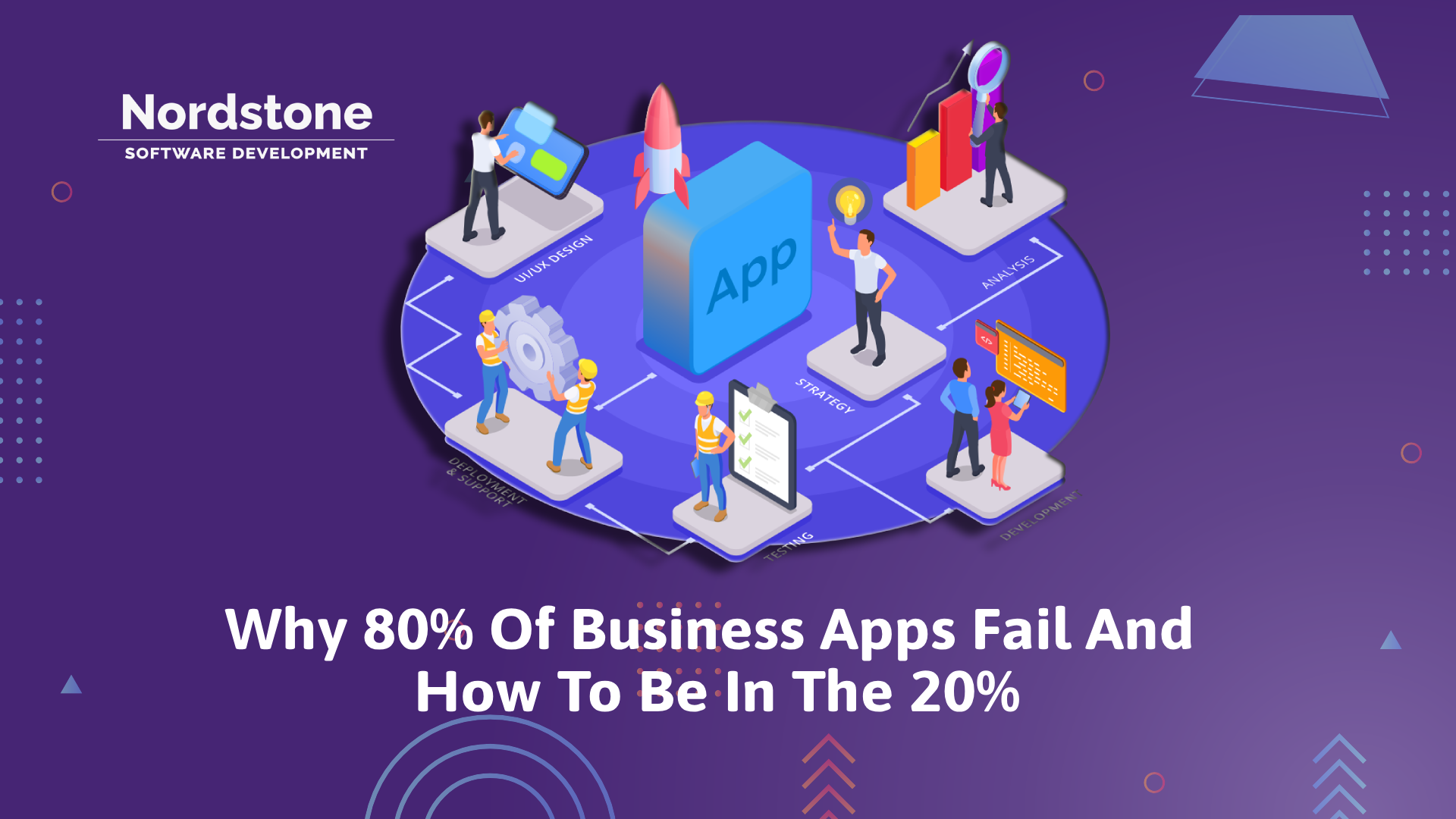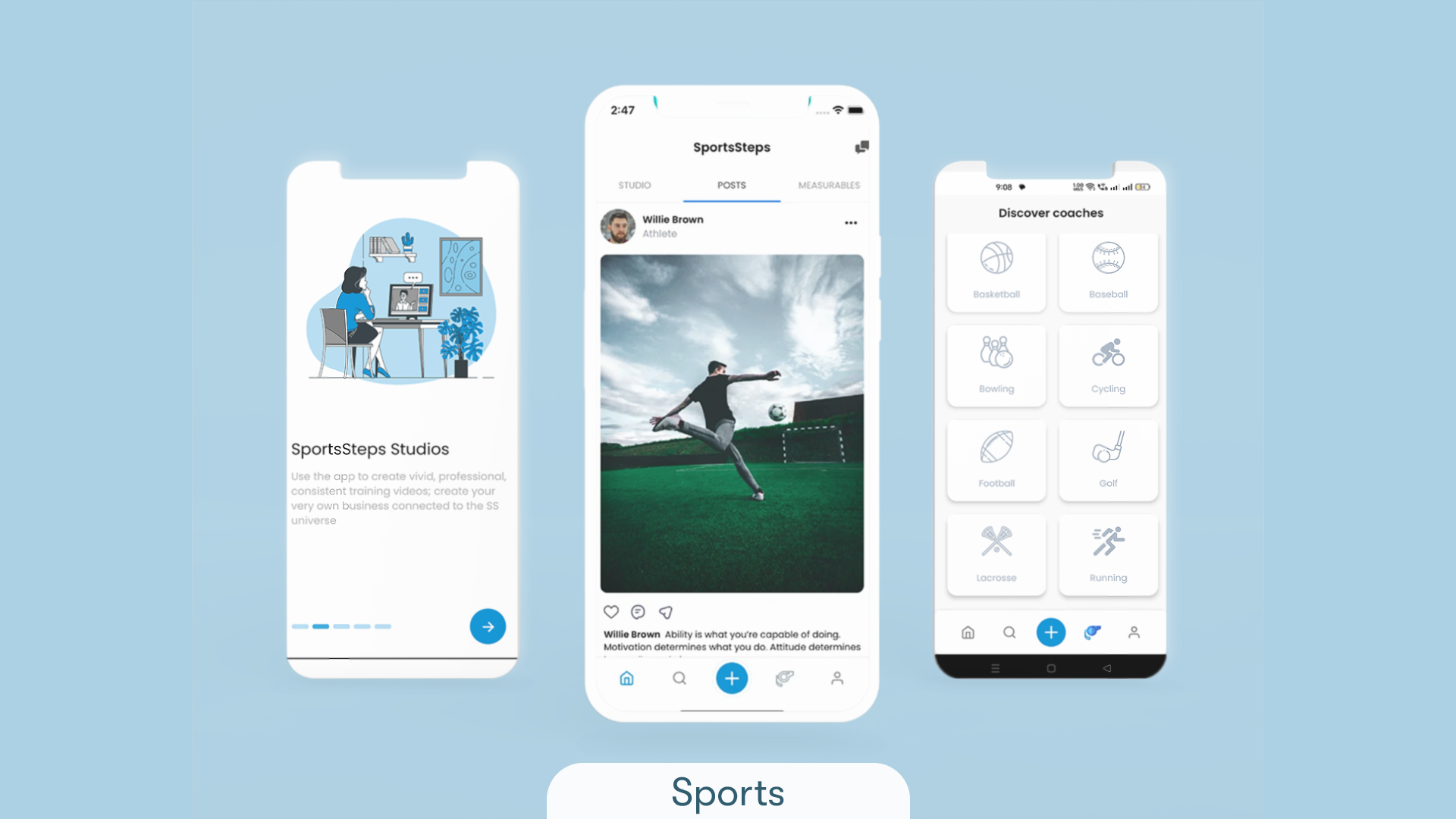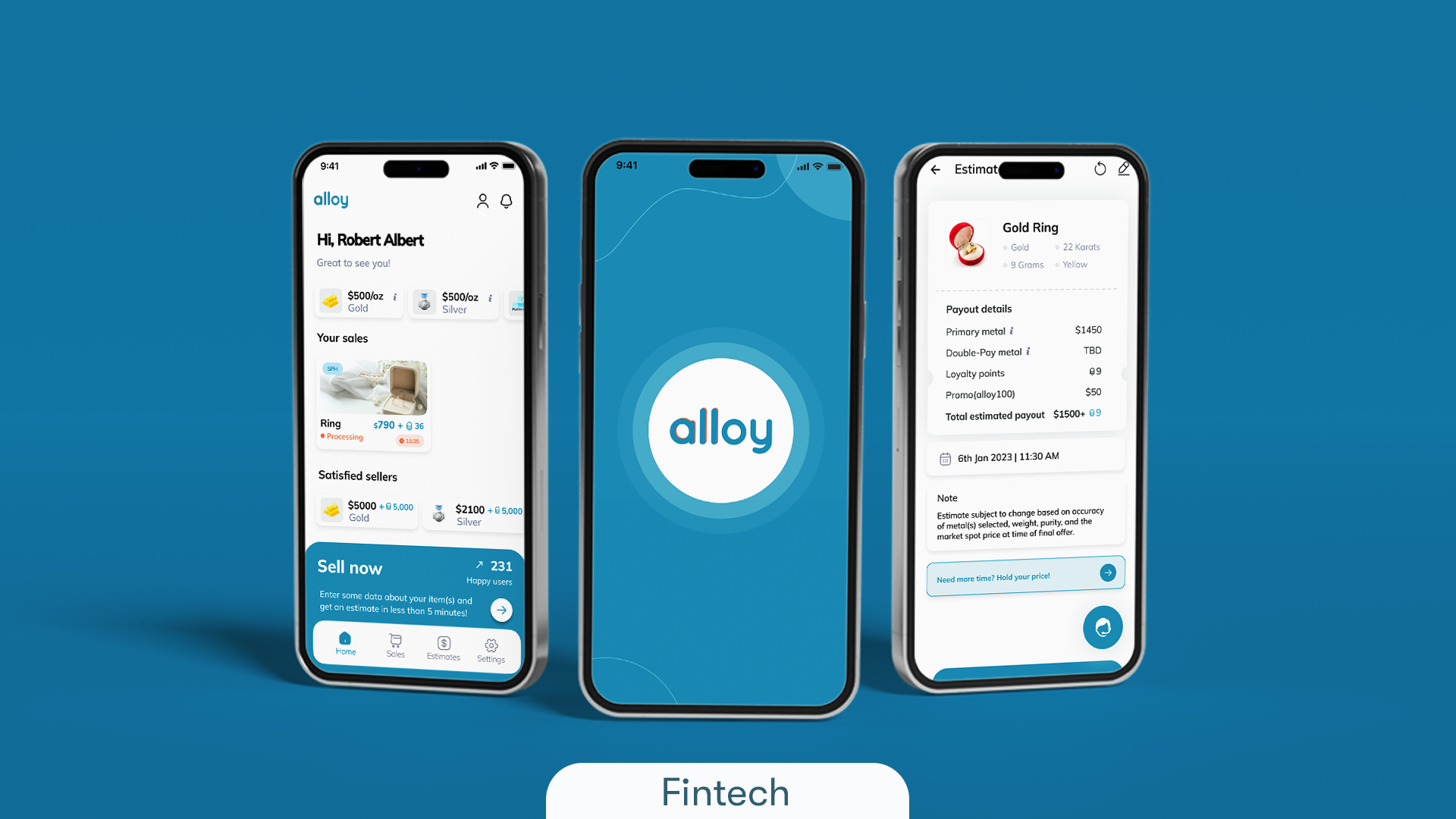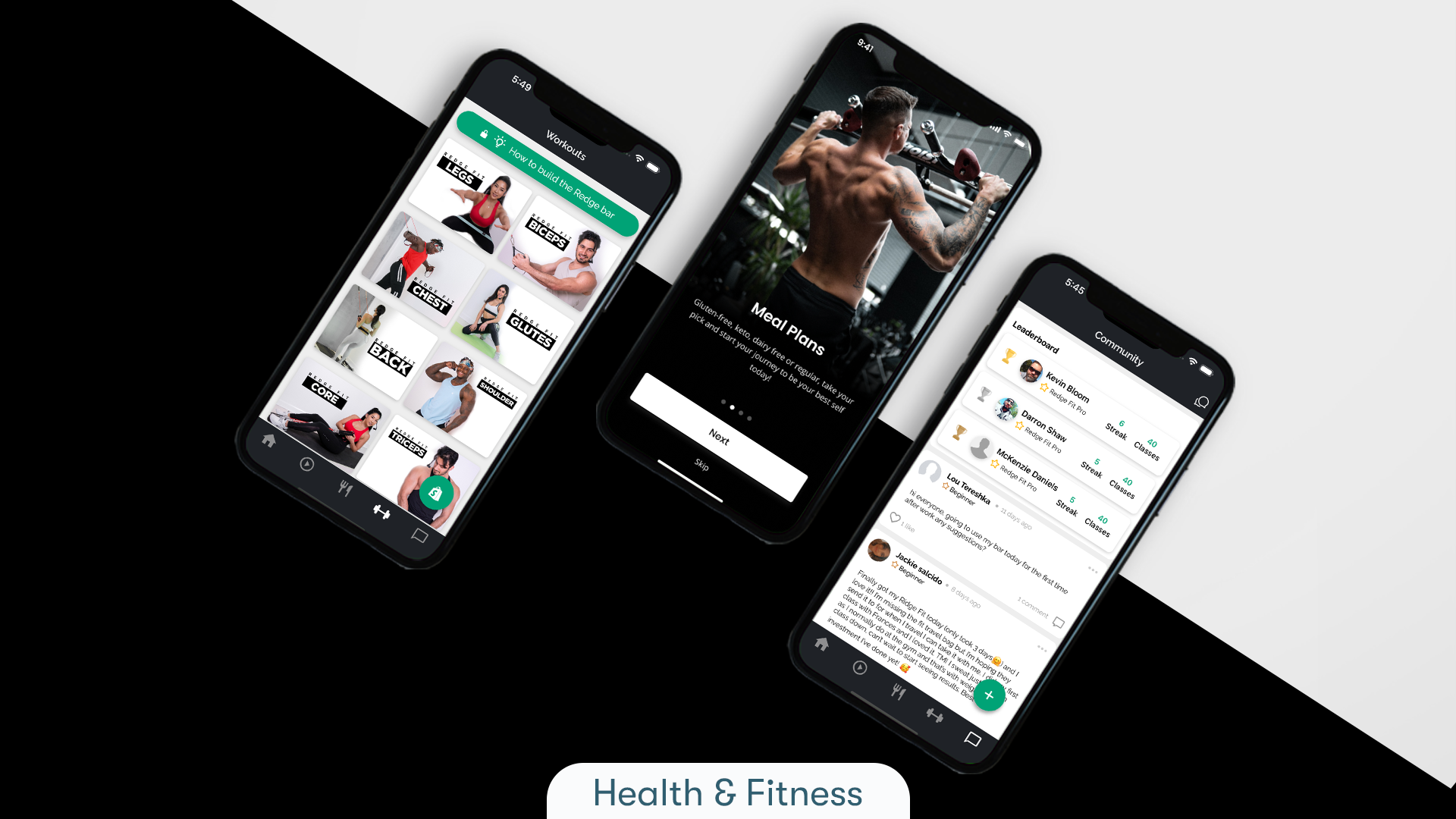June 26th, 2025 at 10:36 am
Alarming Failure Rates of Business Apps
Nearly 80% of mobile apps fail in their first year. These failures stem from low user retention, lack of differentiation, and poor UX. Even apps backed by significant investment can fail when they neglect strategy and execution. It’s a stark reminder that success in mobile development demands more than a good idea and a budget. These apps often suffer from low downloads, minimal retention, poor user experience, or a lack of differentiation in a crowded market. Even well-funded projects from major companies aren’t immune, proving that money alone isn’t enough to guarantee success.
What Failure Looks Like in Real-World Terms
App failure isn’t always obvious. Sometimes users install the app but never return. Other times, apps may work technically but fail to deliver business results. A disconnect between expectations and reality often leads to wasted budgets and lost trust. This is why user-focused execution is key from day one. It may appear as users downloading the app but never returning, or as a high churn rate just days after launch. In some cases, apps break even without driving real business impact. Often, failure means a disconnect between the app’s promise and its delivery. These gaps lead to wasted investment, lost brand credibility, and missed opportunities to solve real user problems.
- High user dropout rates within the first week
- Negative app store reviews and uninstall spikes
- Apps that never meet internal KPIs or gain adoption
The Planning Pitfall: Where Most Apps Go Wrong
Many teams rush to build apps without a roadmap. This results in misaligned goals, missed deadlines, and growing costs. A clear plan helps maintain focus, minimizes surprises, and guides development through user needs. Without it, your app may drift off-course before reaching the market. When teams skip discovery, stakeholder alignment, and technical planning, they end up with bloated timelines, unclear feature sets, and increased costs. Without a well-mapped strategy, it’s easy to lose focus and ship a product that doesn’t solve the intended problem.
- Teams rush into coding with no documented strategy
- Business and tech teams misaligned on priorities
- Budgets spiral out of control from late-stage pivots
What Strategic Planning Should Look Like
Great planning starts by asking why your app exists. You should define its goals, what it solves, and how success is measured. With technical complexity and evolving user needs, this clarity helps teams build efficiently. Early planning avoids costly mistakes and ensures progress remains aligned with purpose., defining success metrics, and outlining clear milestones. A good roadmap considers technical complexity, user expectations, and the resources required to launch and maintain the product. Planning also includes anticipating risks and developing contingency strategies.
- Clear documentation of app purpose and core functionality
- UX research and wireframes before development begins
- A phased timeline with built-in feedback loops
Ignoring the End User: A Common App Development Trap
Business apps often fail because they’re built for internal stakeholders, not real users. When user input is excluded, features become irrelevant or confusing. This gap between vision and experience leads to low engagement and high churn. Successful apps start by listening to the people who will use them.—what stakeholders want versus what users need. Without direct input from your target audience, you risk building features that are irrelevant, confusing, or unnecessary. This disconnect leads to frustration and rapid abandonment.
- Apps designed in a vacuum without real user input
- Misaligned features that complicate rather than simplify
- Lack of onboarding or intuitive navigation
Defining and Understanding Your User Base
Understanding your user base requires more than assumptions. It means segmenting users, interviewing them, and analyzing how they interact with existing tools. Building user personas and testing early concepts ensures you’re solving the right problems in the right way.
- Conduct persona-based interviews and usability studies
- Map user journeys to identify pain points and expectations
- Use data analytics to refine user behavior predictions
Consequences of Misreading User Needs
Ignoring user preferences results in negative reviews, app abandonment, and ultimately, business loss. Worse, poor user experience increases support costs and damages brand trust. Fixing UX post-launch is far more expensive than investing in early validation.
- Increased churn and low repeat usage
- Higher support volume due to confusing UI/UX
- Missed revenue opportunities from poor engagement
Technical Oversights That Undermine App Success
Even the most beautifully designed app can fail if it crashes, lags, or fails to scale. Performance is a critical factor in retention, and users are quick to abandon apps that aren’t responsive. Investing in proper architecture and QA is essential to long-term success.
- Inadequate testing leads to post-launch bugs
- Slow loading times frustrate users and impact SEO
- Poorly structured databases slow down user queries
Managing Load and Ensuring Scalability
As your user base grows, so do performance demands. Apps must be built on scalable infrastructure to handle increasing data, traffic, and feature complexity. This includes load balancing, caching strategies, and modular backend services.
- Use cloud-native platforms like AWS or Firebase
- Implement real-time monitoring tools for performance
- Conduct load tests and simulate peak traffic conditions
Marketing Neglect: A Silent App Killer
No matter how great your app is, people won’t use it if they don’t know it exists. Marketing should start before development ends, focusing on building anticipation and creating a conversion funnel that drives installs and engagement.
- No pre-launch buzz or beta access strategy
- Poor app store optimization (ASO) practices
- Ineffective messaging that fails to communicate value
Common Promotional Mistakes to Avoid
Many businesses launch their app without a go-to-market plan. This includes skipping press releases, influencer outreach, or retention campaigns. Others rely solely on paid ads without nurturing their organic channels.
- Failing to define target audience or key messaging
- Neglecting push notification strategy post-launch
- No follow-up with early users for feedback or reviews
What Successful Apps Do Differently
Successful apps take a product-first, user-focused approach. They don’t try to do everything—they focus on doing a few things exceptionally well. These apps evolve quickly, guided by data and user feedback, not internal assumptions.
- Clear value proposition communicated instantly
- Intuitive design that reduces user friction
- Ongoing iteration and experimentation based on metrics
A Reliable Blueprint for Success
Winning apps typically follow a tested formula: define one problem, solve it well, launch small, and iterate fast. They track performance using metrics like DAU/MAU, retention rate, and conversion funnels—and adjust accordingly.
- MVP with a single high-impact feature
- Continuous deployment with user testing
- Embedded analytics and behavior tracking from day one
Creating Apps That Deliver Business Value
Beyond aesthetics, the best apps tie directly to business KPIs. Whether it’s improving customer service, automating workflows, or increasing revenue, the app must solve a real, measurable problem.
- Identify key operational pain points first
- Align features with business goals and outcomes
- Use the app as a data hub to inform wider strategy
Ensuring App Adoption and Daily Engagement
Adoption doesn’t end at download—it’s earned through onboarding, ease of use, and value. The most effective apps build habits through personalization, timely content, and feedback loops that keep users coming back.
- Personalized onboarding for different user types
- Loyalty programs and reward incentives
- Push notifications that enhance—not interrupt—the experience
Beyond the Interface: Business-Wide Impact of Mobile Apps
A well-integrated mobile app can improve internal workflows, customer experience, and decision-making across departments. It becomes a strategic asset—not just a marketing tool.
- Cross-functional data sharing between sales, support, and marketing
- Real-time analytics to influence product or pricing decisions
- Centralized communication hub for teams or customers
Final Thoughts: What Sets the Top 20% Apart
The most successful business apps don’t happen by accident. They’re the result of thoughtful planning, deep user empathy, technical excellence, and ongoing investment in growth. At Nordstone, we specialize in building mobile experiences that deliver measurable business impact from day one.
FAQs
Q1. Why do most business apps fail?
Poor planning, unclear goals, lack of user understanding, and weak technical execution are the top reasons apps fail.
Q2. How can I ensure my app succeeds?
Start with strategy, involve real users early, build a scalable tech stack, and plan your launch as carefully as your product.
Q3. What makes Nordstone different from other app developers?
We combine business consulting, technical engineering, and UX expertise. We’re not just coders—we’re partners in growth.
Q4. How long does it take to build a successful business app?
Typically 10–16 weeks for an MVP, depending on scope. Success depends not just on speed, but on strategic clarity.
Q5. Can you help fix or scale an existing app?
Absolutely. We audit, optimize, and rebuild apps to improve performance, design, and user engagement.
👉 Contact Nordstone to build an app users love—and your business depends on.












